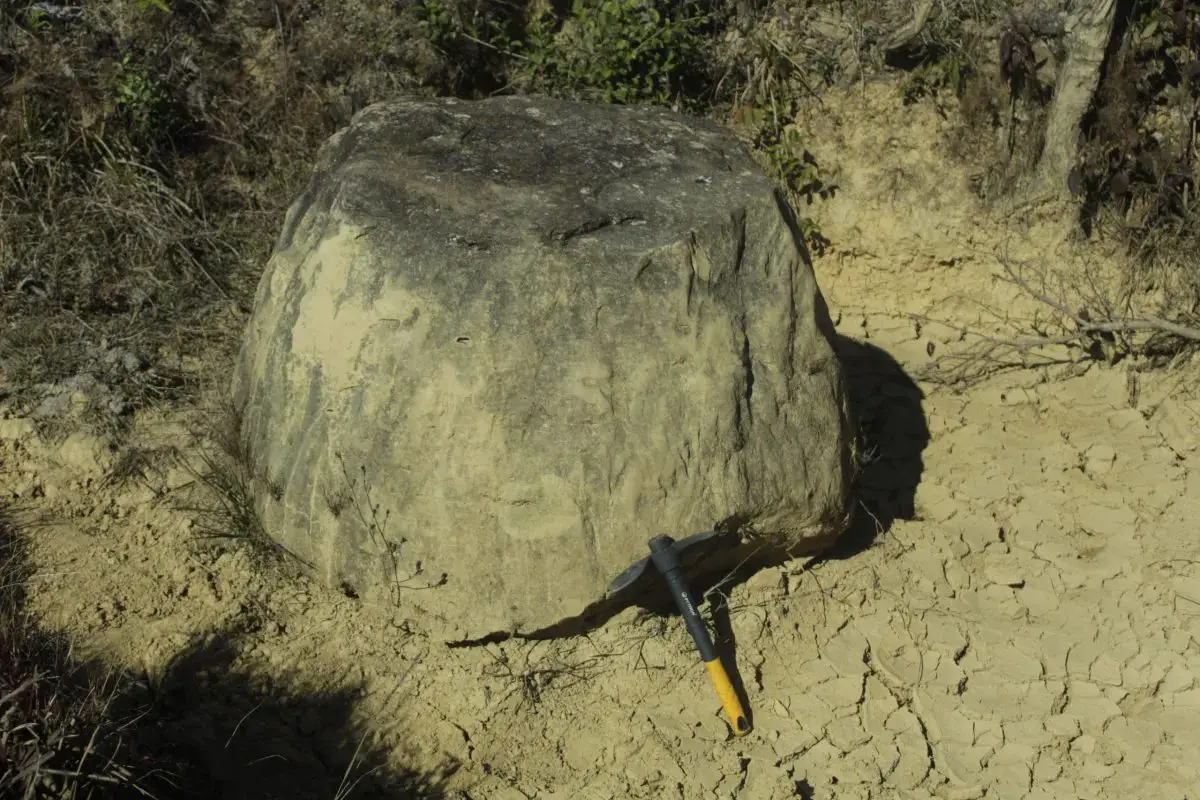Archaeologists have discovered previously unreported sites containing giant stone jars and circular flat stones in the Saipung Reserved Forest in Meghalaya, India.
Similar sites containing stone jars have been identified across India and Indonesia, with the most famous stone jar concentrations being found on the Xiangkhoang Plateau in Laos. Stone jar sites were first discovered in Northeast India in 1929 by James Philip Mills and John Henry Hutton near the village of Ndunglo in the North Cachar Hills, Assam.
A study by the Australian National University (ANU), the North-Eastern Hill University and Gauhati University, also announced the discovery of 65 sandstone jars in the Assam area recently in April 2022.
In a paper published in the journal ScienceDirect and authored by researchers from the Union Christian College, Nagaland University, North-Eastern Hill University, Kiang Nangbah College and Martin Luther Christian University, the paper reports on fieldwork conducted in February 2020 in the Saipung Sub-division in the East Jaintia Hills.
The team found seven jar sites in Saipung, New Plang Moi, Thuruk, Mualhoi, Mualsei Thialsen Tlang, Mualsei Neng Seng and Mualsei Lungmaicham. The stone jars and circular flat stones occur in various sizes and shapes in clusters. In some of the jar sites are artificially excavated twin oblong shaped ponds with a singular circular stone slab placed in the centre.
A clear pattern has been observed, where the stone jar sites are mostly located on flat areas on the summit of undulating hills, with reference to the general slope of the specific landscape, however, they are mostly distributed where there is naturally occurring sandstone outcrops.
Four stone jars were excavated from two clusters at the Mualsei Thialsen Tlang site, revealing potsherds, a type of stone nose plug, a small glass bead and charred pieces of human bone. Iron spear heads were also previously dug in the clusters by locals in 2018.
Near Mualsei Neng Seng, the team also found broken sandstone slabs that depicts engravings of animals and human motifs. The slabs were aligned in a linear direction facing roughly west, south-west, and south. The engravings show images of pigs, Bos species depicted with horns, a bird, a pot or a gourd, a human face, and several motifs of a human figure in squatting positions.
The researchers stated: “A small-scale excavation of four jars in the East Jaintia Hills have helped to provide key insights on the mortuary practices of the people who made and used these stone jars. Material evidence from the excavation clearly suggests that the stone jars are visible relics which were erected on top of a pit where the post-cremated cultural materials of the dead are buried. Such significant findings bear relevance to the further understanding of stone jar sites within the broader context of Northeast India and Southeast Asia.”
https://doi.org/10.1016/j.ara.2022.100393
Header Image Credit : Marco Mitri





